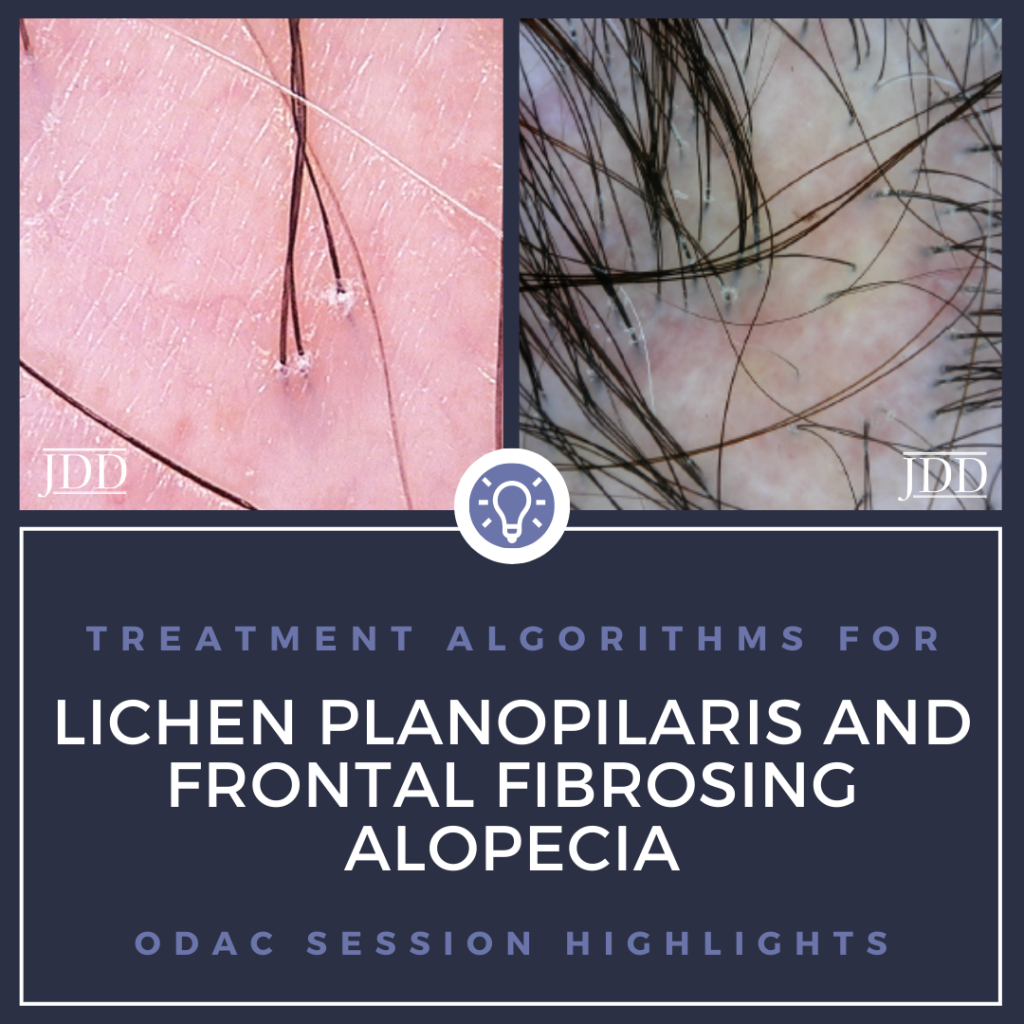
Lichen Planopilaris and Frontal Fibrosing Alopecia Treatment Algorithms Next Steps in Dermatology
Are their any special shampoos for LPP? I'm often asked if their are any special shampoos that a patient with LPP should consider. Should they be sulphate free? What about paraben free? First off, there most certainly can be specific shampoo recommendations for some individuals with LPP.
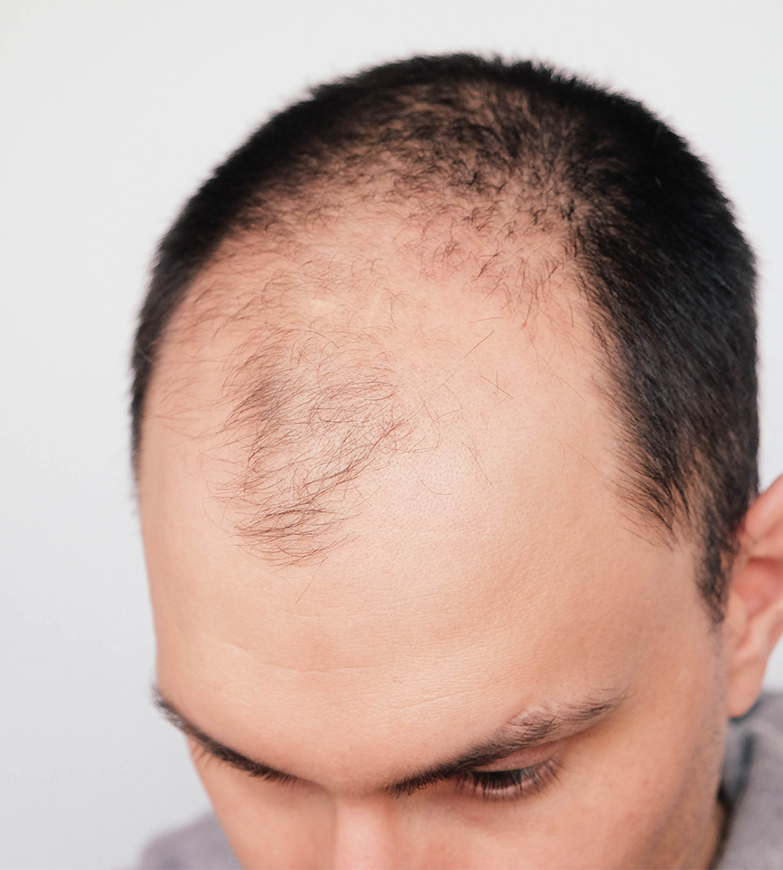
Lichen Planopilaris, Hair Loss Treatment, Anne Arundel Dermatology
Lichen planopilaris typically presents as smooth white patches of scalp hair loss. No hair follicle openings can be seen in the areas of hair loss. Scale and redness surround each hair follicle at the edges of these patches, which may be spiny on palpation. Hairs can be easily pulled out.
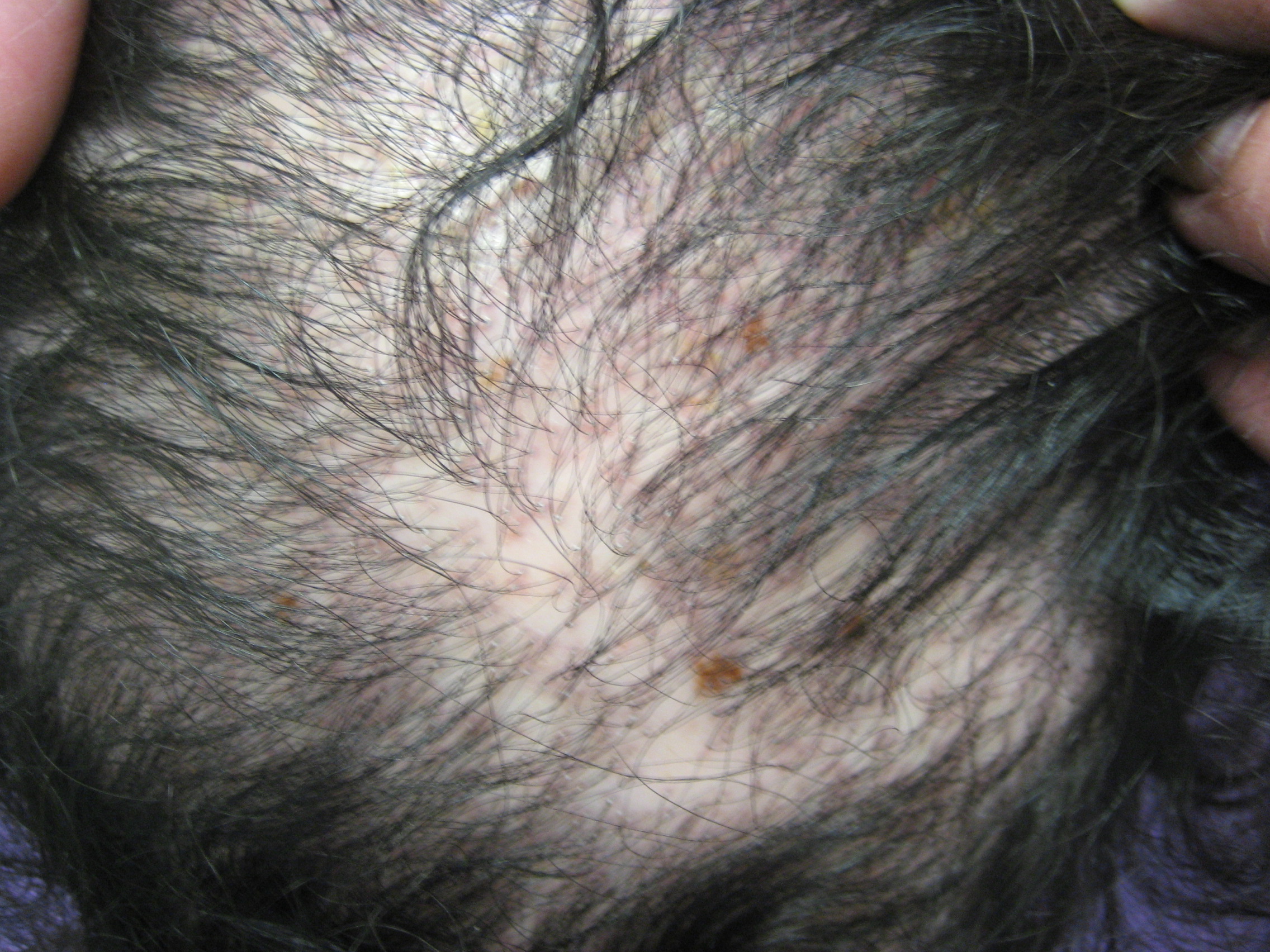
lichen_planopilaris_clinical_1 Richmond Dermatology
Lichen planopilaris (LPP) is a relatively uncommon cutaneous disorder characterized by a chronic lymphocytic inflammation that leads to the selective destruction of hair follicles, thus resulting in scarring alopecia. 1 Some authors consider LPP as a follicular form of lichen planus, although only about 30% of patients present cutaneous or mucos.

Lichen planopilaris Classic trichoscopic findings — Donovan Hair Clinic
I've been fighting with the following symptons on my scalp for ~2 years now: red, inflammed skin, no flakes or scales, mild itching but nothing terrible, and noticeable hairloss in the affected areas. The areas affected are my frontal third, two thirds, crown and also my right side above my ear.

6 Lichen Planopilaris Natural Treatments Healthy Focus
Symptoms and Causes What are the symptoms of lichen planopilaris (LPP)? Lichen planopilaris symptoms may come on quickly or gradually. If you have LPP, you might notice: Bald patches on your scalp. Red, thick or scaly patches of skin on your scalp. Scalp pain, itching or burning.

Lichen Private Label Best Selling Ginger Shampoo For Hair Growth Buy Ginger Hair Shampoo
Lichen planopilaris is a form of lichen planus (an inflammatory condition affecting the skin and mucous membranes) that affects the scalp and hair. While the exact cause of lichen planopilaris is unknown, it is thought to be an autoimmune disorder of the hair follicles. Lichen planopilaris usually affects young women, but can also affect men.

What are the best treatments for Lichen Planus?
Treating Lichen Planopilaris (LPP) I'm often asked how lichen planopilaris is best treated. There are many treatments for lichen planopilaris.. foams and shampoos. Side effects include thinning of the skin, dilatation of blood vessels and others. Topical calcineurin inhibitors are not generally as effective but have a distinct benefit in.

Lichen planopilaris Dr. Abdulaziz Balwi
Lichen planopilaris, a form of scarring alopecia, tends to affect middle-aged women at an estimated incidence of 1% to 7%. Patients present with hair thinning, which may be accompanied by scalp itching or tenderness. Early actively inflamed lesions suggest perifollicular erythema and hyperkeratosis. If untreated, scarring and permanent.
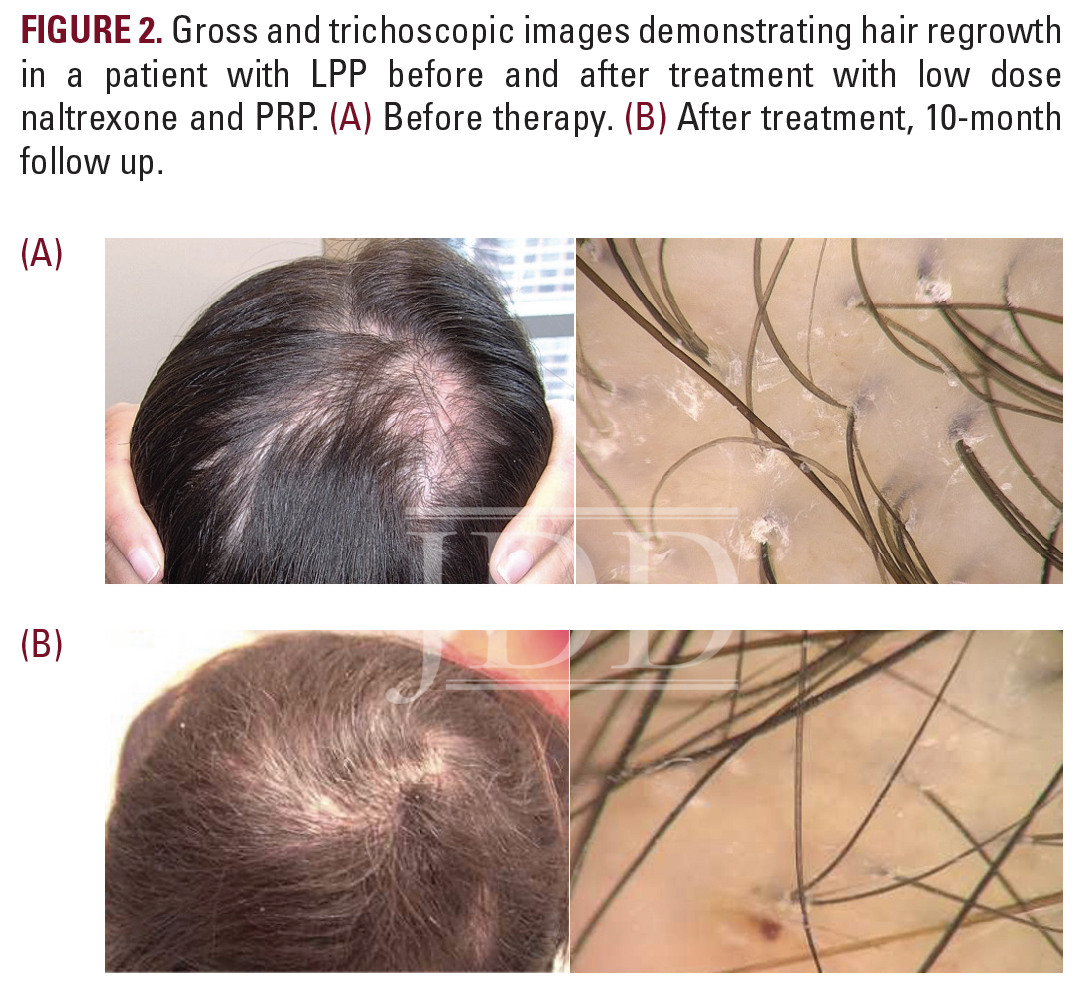
Reversible Hair Loss in Lichen Planopilaris Great Cases from the JDD Next Steps in Dermatology
Lichen planopilaris is an itchy skin rash that affects your scalp. It is a rare follicular form of lichen planus, an inflammatory disease that affects the skin and mucous membranes. These ailments occur because of a faulty immune response that causes your body to attack its own tissues. Lichen planopilaris can affect the way you look and feel.

Lichen planopilaris is a rare inflammatory condition that results in patchy progressive
Lichen planopilaris is a type of scarring hair loss which occurs when a relatively common inflammatory disorder of the skin know as lichen planus affects the hair bearing areas of the skin. Lichen planopilaris attacks the hair follicle causing its destruction and replacement with scar tissue.

Pediatric Lichen Planopilaris Treated With Pioglitazone Next Steps in Dermatology
Lichen planopilaris (LPP) is an uncommon inflammatory scalp disorder that is clinically characterized by perifollicular erythema, follicular hyperkeratosis, and permanent hair loss. LPP is considered a follicular form of lichen planus based upon shared pathologic features and the frequent coexistence of clinical findings of these disorders.

Lichen Planopilaris Responsive to a Natural Botanical Treatment
Lichen planopilaris (LPP) is a rare chronic scarring folliculitis of the scalp of unknown cause (Figure 1). It is considered a primary scarring alopecia since the follicle itself is targeted by inflammatory cells and scarring occurs first and primarily around the follicular unit.

Treatment of lichen planopilaris with adalimumab in a patient with hidradenitis suppurativa and
Lichen planopilaris (LPP) is a primary cicatricial lymphocytic alopecia. with an annual incidence of 1.15% to 7.56% at tertiary care institutions. Clinically, LPP presents as alopecia along the vertex of the scalp, with erythema, tenderness, hyperkeratosis, and permanent scarring.
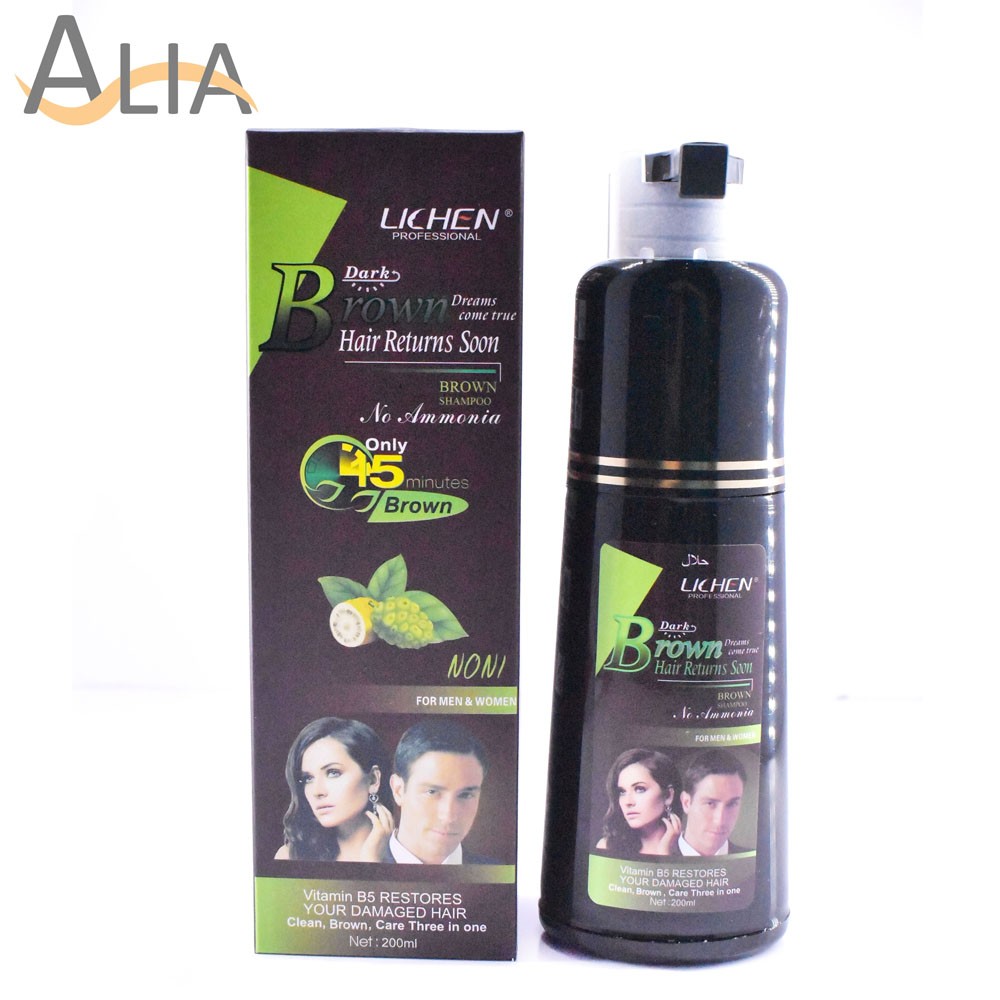
Lichen Professional Dark Brown Shampoo For Men & Women (200ml)
As with any disorder or disease, different people may experience different symptoms of LPP. These are the most common symptoms: Patchy hair loss. Redness on the scalp. Scalp pain. Itchiness of the scalp. Lichen planopilaris most commonly presents as smooth, white patches, and there's typically no hair in the patch area when on the scalp.

Treatment of lichen planopilaris with mycophenolate mofetil
It is essential for diagnosis and monitoring of scalp conditions. Trichoscopy of LPP and FFA are similar: Perifollicular scaling. Scales may migrate up the hair shaft and form tubular structures. You may see fibrotic white dots (scars that replaced the hair follicle) Trichoscopy of classic lichen planopilaris 3.

Lichen Professional Black Shampoo Price in Mianwali 200ml
Lichen planopilaris (LPP) is a type of lichen planus - an inflammatory disorder - that affects the skin of the scalp and damages the hair follicles, resulting in scarring or cicatricial alopecia. The hair loss is sudden and irregular and can progress diffusely or in patches. Following the loss of hair, atrophic (indented) scars are left on.